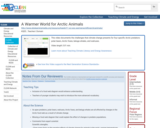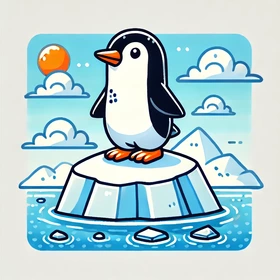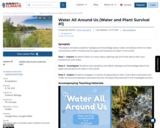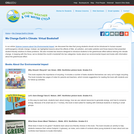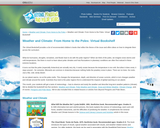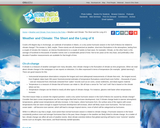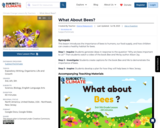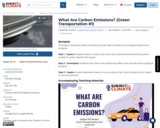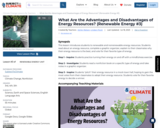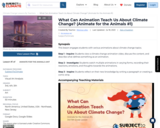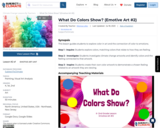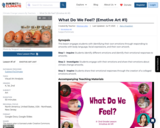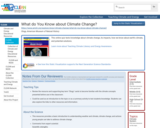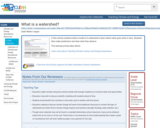SYNOPSIS: This lesson introduces the importance of bees to humans, our food supply, and how children can create a healthy habitat for bees.
SCIENTIST NOTES: This lesson plan discusses pollination, bees' role in pollination, and how climate change may affect both bees and pollination. The climate change fact sheet provided is accurate, up to date, and includes references for more information. This lesson helps students think about how nature and the climate are connected. This resource is recommended for teaching.
POSITIVES:
-This lesson creates a collaborative learning environment as students engage with a variety of ELA applications to develop an action plan.
-The story highlights the value of friendship and the need for beekeeping.
-The story also suggests solutions for readers to help bee populations, such as growing flowering plants.
-The video on pollination provides a foundation for students to understand the importance of pollinators.
-Students are prompted to take action and develop a plan to make a difference, even at a young age, right in their own New Jersey schoolyards or backyards.
ADDITIONAL PREREQUISITES:
-Students will need a basic understanding of what pollination is and examples of pollinators (bees, hummingbirds, moths, etc.).
-Additionally, students should observe pollinators, such as bees, in their natural habitat, if possible.
-Teachers should be prepared with crafting materials and paper for letter writing.
DIFFERENTIATION:
-For remote learning classes, students can have access to teacher slides and digital resources to participate from home, as needed.
-This lesson provides opportunities for students to learn about the topic using various modalities including visual, auditory, kinesthetic, and tactile.
-Groups of students with mixed abilities can collaborate on their storybook scripts and action plans.
-Learning is structured around explaining or solving a social or community-based issue.
-Extension activities include:
-Sharing action plans with peers, other school community members
-Creating an outdoor pollinator garden on school grounds. Most home and garden supply stores will offer free seeds to schools.
-Join the Million Pollinator Garden Challenge. It’s free!
